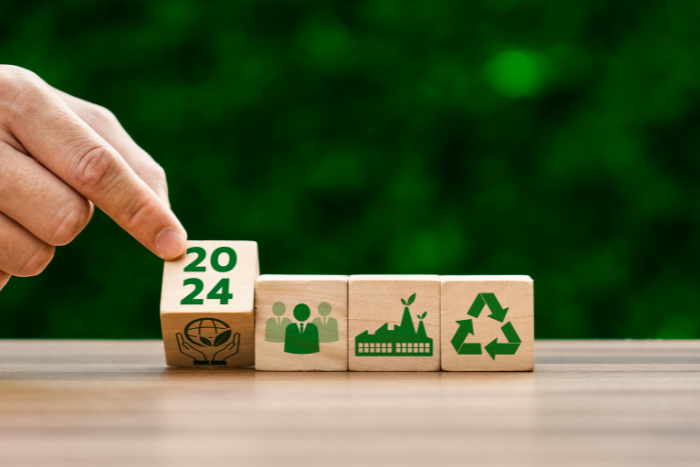With countries currently working on new NDCs due next year, the report shows only marginal progress from last year, and only a fraction of what is expected and urgently needed
Current Nationally Determined Contributions (NDCs) combined would see global emissions in 2030 at a level only 2.6% lower than in 2019, according to the latest NDC Synthesis Report.
This falls far short of the 43% reduction by 2030 that is required to avert the worst impacts of climate change, on the way to net-zero emissions by 2050, according to the Intergovernmental Panel on Climate Change (IPCC).
The report synthesised information from the 168 latest available nationally determined contributions communicated by 195 Parties to the Paris Agreement and recorded in the registry of nationally determined contributions as at 9 September 2024.
With countries currently working on new NDCs due next year, this year’s report showed only marginal progress from last year, and only a fraction of what is expected—and urgently needed—next year.
While 7% of Parties indicated an implementation date till 2025, 2035, 2040, or 2050, 93% of Parties conveyed an NDC implementation term until 2030.
UN Climate Change Executive Secretary Simon Stiell said, “The report’s findings are stark but not surprising – current national climate plans fall miles short of what’s needed to stop global heating from crippling every economy, and wrecking billions of lives and livelihoods across every country.”
Mitigation and adaptation
The report stated that 94% of the Parties established quantified mitigation targets in the form of explicit numerical targets, whereas 6% of the Parties included strategies, policies, plans, and actions for which no quantitative data was available as part of their NDCs.
With a growing number of Parties shifting to absolute emission reduction objectives in their new or updated NDCs, 81% of Parties stated economy-wide targets that covered all or nearly all sectors specified in the 2006 IPCC Guidelines.
While 100% of Parties covered Carbon dioxide (CO2) emissions, 91% covered Methane (CH4), 89% covered Nitrous oxide (N2O), only 26% covered Nitrogen trifluoride (NF3).
According to the report, more details on time-bound quantitative adaptation targets and the related indicator frameworks, more precise information on how adaptation efforts contribute to the SDGs, and more detailed information on the synergies and co-benefits between adaptation and mitigation are all included in the new or updated NDCs compared to the previous NDCs of the same countries.
Stiell further added, “New NDCs should also detail adaptation priorities and investments to protect critical sectors, infrastructure and people from climate impacts, and support and align with National Adaptation Plan processes.”
Coastal and low-lying areas, urban areas and human habitats, livelihoods and poverty, ocean ecosystems, disaster risk management, food production and nutrition security, water resources, terrestrial and wetland ecosystems, and human health remained the top adaptation priorities for nations.
The report also said that countries are increasingly indicating their use of voluntary cooperation under Article 6 of the Paris Agreement, with 78% stating that they plan to or will possibly use at least one type.
Gender and Indigenous people
In their NDCs, 82% of Parties provided information related to gender and 48% affirmed that they will take gender into account in implementing them. While 63% of Parties referred to relevant policies and legislation, 39% affirmed a general commitment to gender equality. Of the Parties that referenced gender, 325 had not included reference to gender in their previous NDCs.
In the adaptation components of the new or updated NDCs, 60% of Parties indicated an increased focus on the role of Indigenous Peoples and local communities in adaptation planning and implementation. In the new or updated NDCs, 44% of Parties included information on the involvement of Indigenous Peoples at the national level, including legal and consultative approaches for protecting their rights, compared with 40% in the previous NDCs.
Stiell added that the last generation of NDCs set the signal for unstoppable change and the next round of national climate plans must deliver a dramatic step up in climate action and ambition. “New NDCs next year must outline a clear path to make it happen—by scaling up renewable energy, strengthening adaptation and accelerating the transition to low-carbon economies everywhere.”
About The Author
You may also like
India says it won’t rely on global climate or pollution rankings to shape policies
COP30 Kicks Off With Hard Talks on Money, Adaptation and Global South Leadership
COP30 should be the COP of adaptation, says environment minister Bhupendra Yadav
India to release updated climate plan ‘during, or just ahead’ of Brazil COP in Nov
SCO summit concludes: ‘Energy diplomacy’ of China, Russia, India

